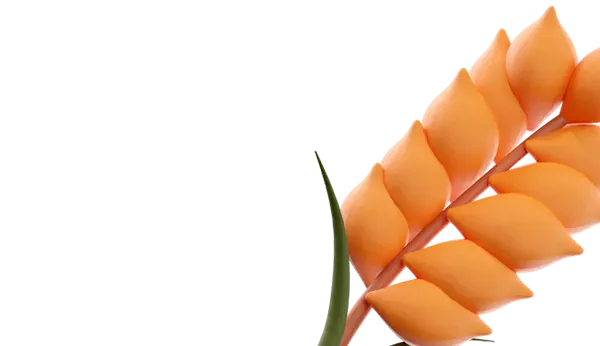Strategies to Combat False Powdery Mildew in Grapevines Considering Pathogen Resistance Risk
The FRAC assessment in 2019 classified false powdery mildew in grapevines as a pathogen with a high risk of developing resistance to fungicides. The rapid emergence and spread of resistant strains have seriously limited effective chemical control options in Japanese viticulture.
Even oxathiapiprolin, the newest fungicide introduced in Japan, has shown reduced effectiveness against false powdery mildew in grapevines in Europe. Although no cases of resistance have been registered in Japan, the historical development of resistance suggests that resistance to oxathiapiprolin is highly likely.
To combat fungicide resistance, chemical control strategies must meet two key criteria: avoid cross-resistance between combination fungicides and ensure the reversibility of resistance after fungicide cessation through monitoring.
However, these theoretical principles face practical challenges: many commercial fungicides have similar mechanisms of action, and the dominant inheritance of resistance genes in false powdery mildew often hinders the restoration of susceptibility to fungicides even after cessation of use.
A more practical approach involves diversifying fungicide applications by using multiple agents with different mechanisms of action, as has been done for many crops worldwide over the past 40 years.
For example, low-risk resistance fungicides such as copper sulfate or dithiocarbamates serve as primary agents. Then, CAA and oxathiapiprolin fungicides can be alternated every two years during high-risk periods (e.g., high humidity and temperature conditions in June). While this strategy cannot completely prevent disease development, it significantly reduces disease incidence compared to annual applications of the same fungicides.
Japanese recommendations require strict adherence to rotating fungicides of different strains every two years. However, maintaining this rotation system without periodic introduction of new fungicides will become increasingly challenging as resistant strains continue to emerge. Therefore, continuous monitoring of fungicide resistance remains necessary.
On the other hand, the concept of Integrated Pest Management (IPM) has begun to attract attention from producers concerned about reducing the risk of fungicide-resistant false powdery mildew caused by chemical agents.
IPM is the concept of "taking appropriate measures to comprehensively reduce or minimize risks to human health and the environment, considering economic efficiency by using all available pest control technologies."
In IPM, chemical agents that were used as primary pest control measures are used only as supplements to existing chemical agents, allowing for a smooth transition to cultivation with reduced fungicide use by reducing the quantity of chemical agents used without any difficulties. It is expected to reduce the occurrence of drug-resistant fungi and oomycetes. In Japanese viticulture, microbial fungicides are also being developed against downy mildew fungal diseases. Monitoring false powdery mildew and other vineyard diseases is crucial for the effective use of these microbial fungicides.

 Trading platform
Trading platform 
 Monitoring
Monitoring  Express applications
Express applications 
 Fork Work
Fork Work 
 Service
Service  News
News  Directory
Directory 













